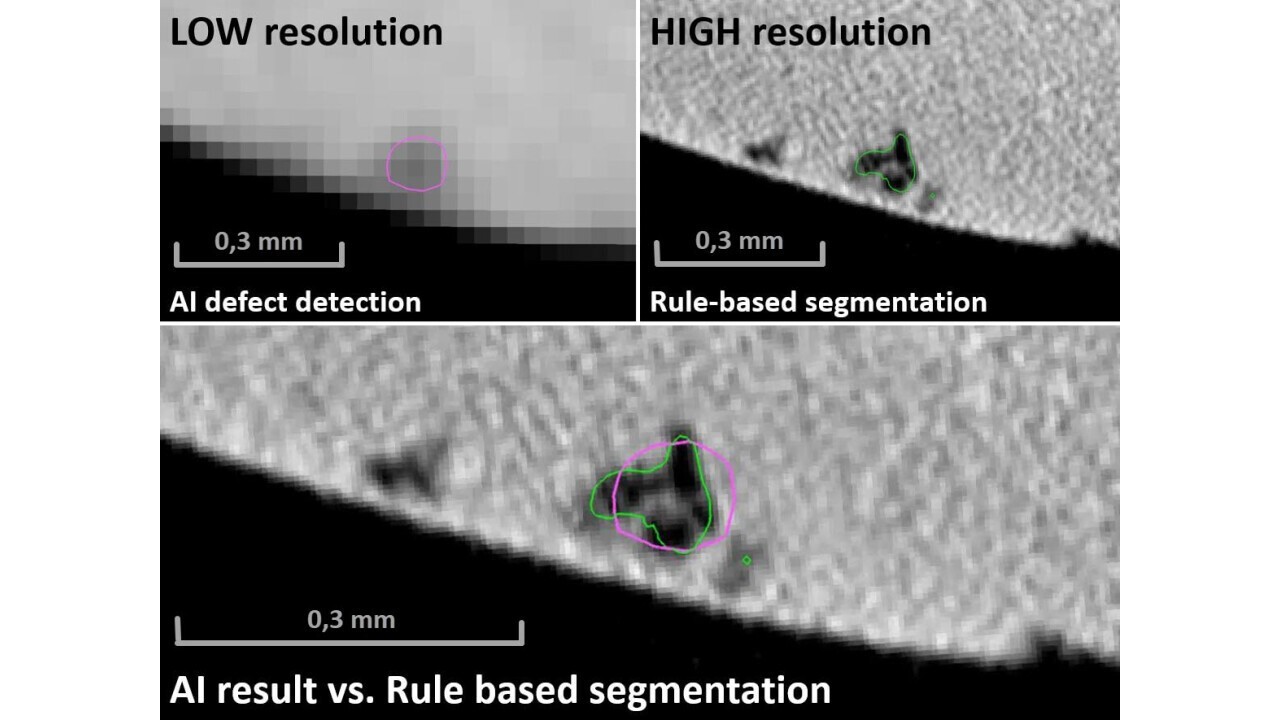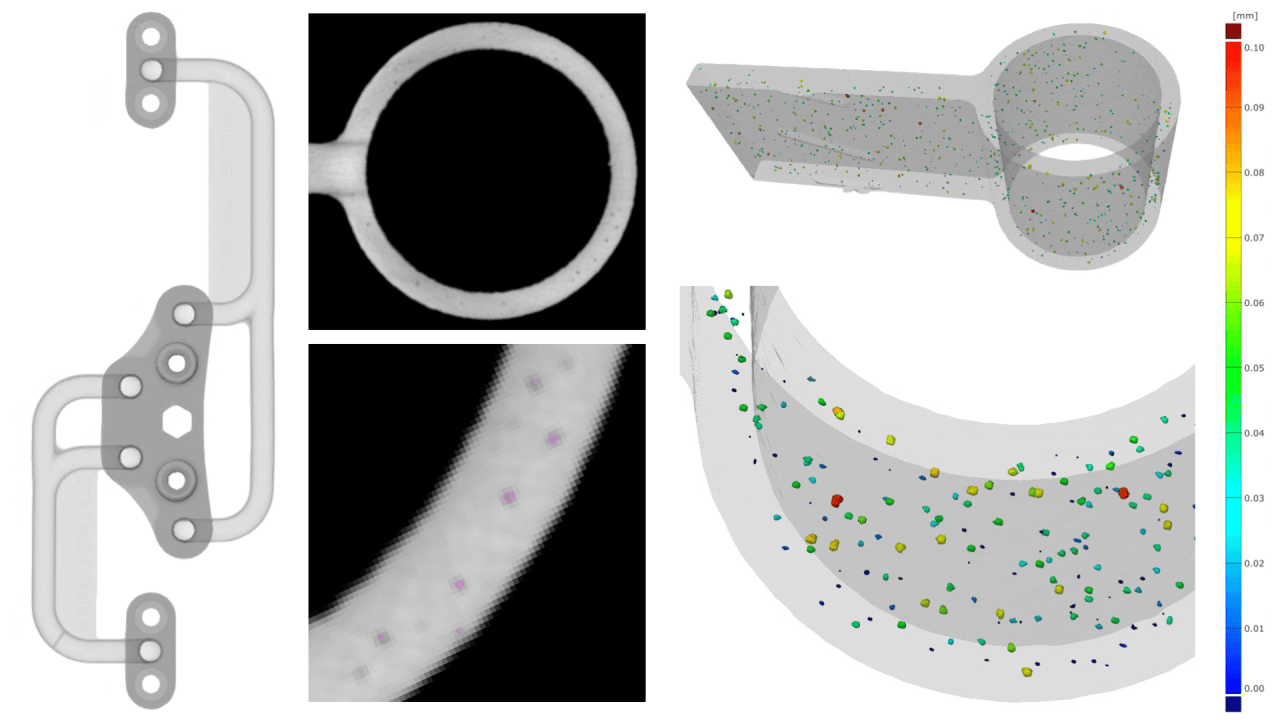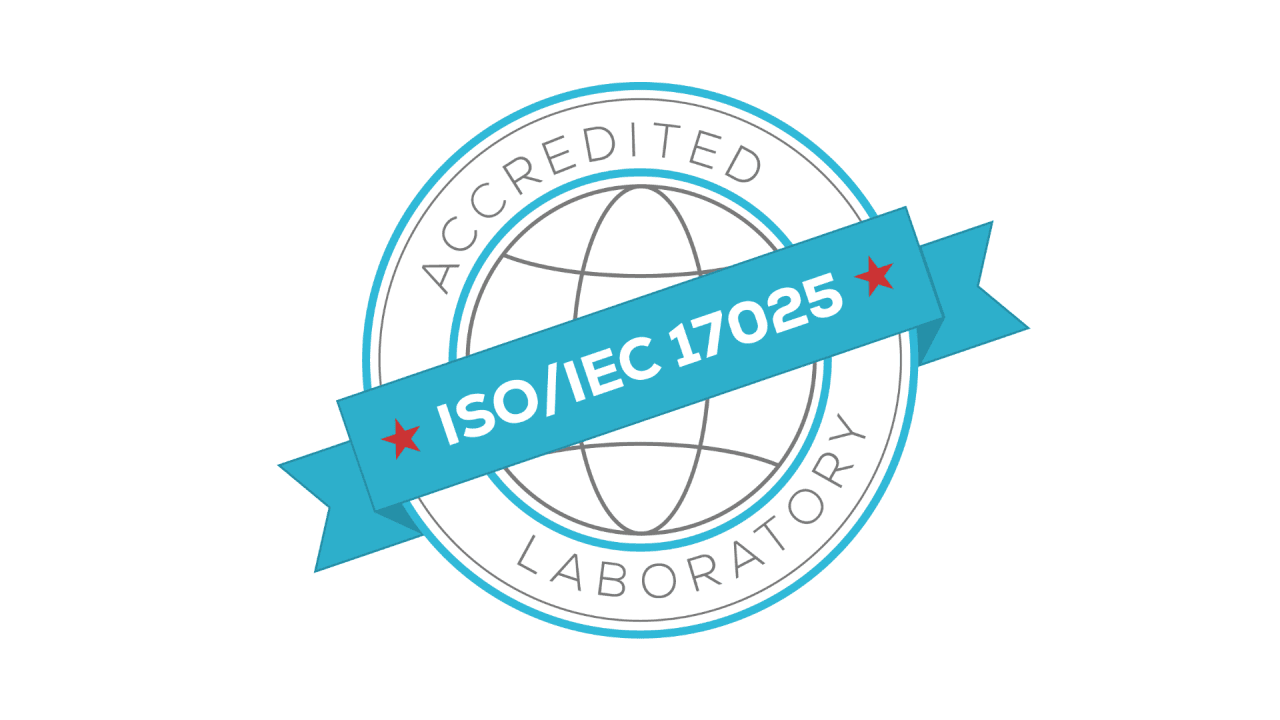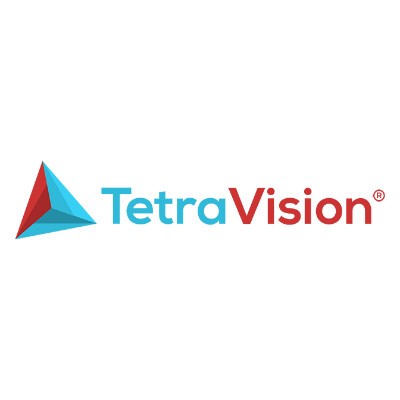Smarter Inspection for Additive Manufacturing: AI vs. Rule-Based Segmentation in Defect Detection
In the world of additive manufacturing, quality control must keep pace with innovation. Traditional rule-based methods are often too rigid to detect the complex, varied defects found in 3D printed parts. That’s where AI steps in.
Bookmark
By learning from data and adapting to new shapes and surface textures, AI-driven segmentation transforms the way we identify defects — no matter the resolution. Discover how artificial intelligence is reshaping the inspection process and delivering reliable results for even the most intricate printed components.
Additive manufacturing has revolutionized production—now it's time for inspection to catch up. 3D printed parts come with unique challenges: variable surface finishes, complex geometries, and new kinds of potential defects. Traditional rule-based segmentation methods rely on fixed thresholds and high-resolution images, making them less effective in such dynamic environments.
Enter AI-driven defect segmentation.
By analyzing 3D printed components through machine learning algorithms, AI can adapt to the nuances of each part. It doesn’t need rigid programming—it learns from real-world data. That means better detection of subtle surface defects, even in lower-resolution scans, and improved performance in noisy or inconsistent environments.
AI-Based Segmentation
✅ Learns from data, adapting to variations
✅ Detects subtle defects, even in low resolution images
✅ Reduces false positives & improves consistency
Rule-Based Segmentation
✘ Requires predefined tresholds - less adaptable
✘ Struggles with noise & complex defects
✘ Highly dependent on high-resolution input
Integrating AI into the inspection workflow empowers smarter, faster, and more reliable quality control. Whether you're printing aerospace parts, medical devices, or custom prototypes, AI helps ensure every layer meets the mark.
AI is redefining defect detection for additive manufacturing. Ready to explore what that means for your production line? Let’s talk.




